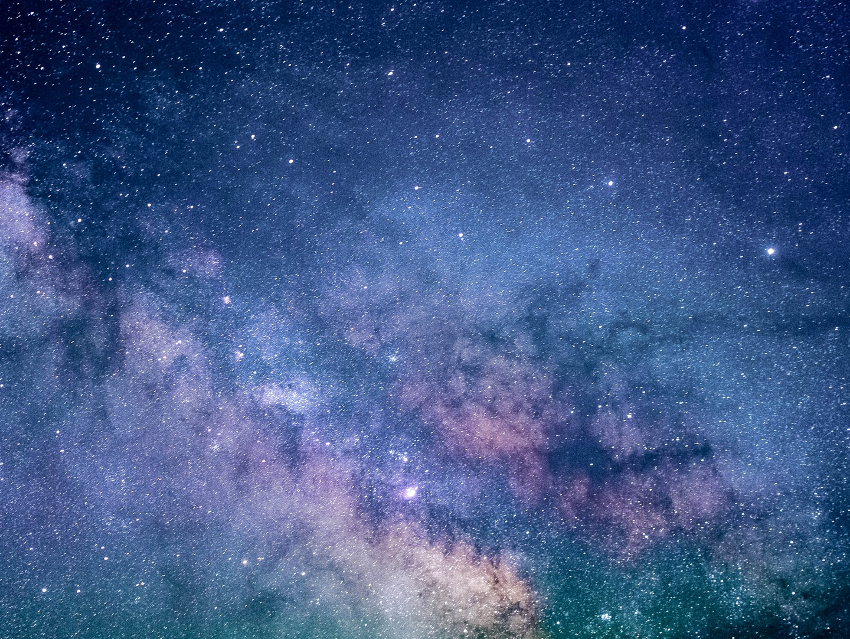Around 380,000 years after the Big Bang, the first atoms of hydrogen, helium, and lithium were formed—and shortly afterward, the first chemical bond. Neutral helium atoms reacted with protons of hydrogen and formed helium hydride ions (HeH+). Although chemists were able to produce this unstable molecule in the laboratory as early as 1925, due to a lack of evidence it remained unclear whether HeH+ could also be produced in the cosmos under natural conditions.
Rolf Güsten, Max Planck Institute for Radio Astronomy, Bonn, Germany, and colleagues have tracked down HeH+ with the help of the aircraft telescope SOFIA. SOFIA has a spectrometer with which the characteristic spectral line of the HeH+ at 2.01 terahertz can be detected. The Earth’s lower atmosphere blocks this radiation. Therefore, the measurements were taken in an airplane at an altitude of 13 to 14 km.
Astronomers focused the telescope on the planetary nebula NGC 7027, about 3,000 light years away. This remnant of a dying star has a relatively compact shell of emitted gases. This gas envelope contains the conditions under which, according to predictions, HeH+ is supposed to form.
SOFIA’s spectrometer detected the spectral line of HeH+ in the gases of NGC 7027 at a wavelength of 149 µm, which corresponds to the frequency of 2.01 terahertz. The molecule was formed at the inner edge of the hot gas cloud of the nebula, through which strong radiation flows. This provides confirmation of the models for HeH+ formation.
- Astrophysical detection of the helium hydride ion HeH+,
Rolf Güsten, Helmut Wiesemeyer, David Neufeld, Karl M. Menten, Urs U. Graf, Karl Jacobs, Bernd Klein, Oliver Ricken, Christophe Risacher, Jürgen Stutzki,
Nature 2019.
https://doi.org/10.1038/s41586-019-1090-x




